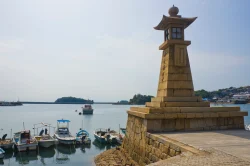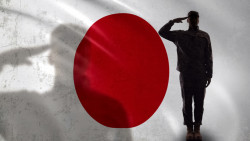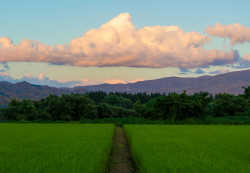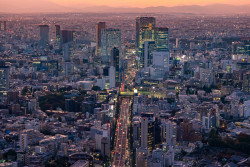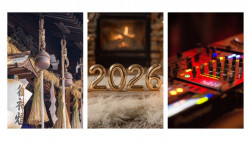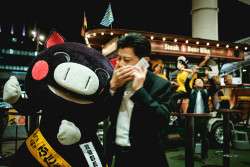
December 6, 2012
Japanese Modern
A turbulent century of Japanese art at a renewed MOMAT
By Metropolis
Originally published on metropolis.co.jp on December 2012

Going to exhibitions in Japan can be an expensive business, so it’s great when one comes along that lets you tick several boxes for the price of one. To celebrate 60 years of its existence, the National Museum of Modern Art Tokyo (MOMAT) has not only spruced itself up, but has also rebooted its permanent collection and combined this with a special exhibition of cutting-edge art from the 1950s to create an artistic experience that gives you top value for your ticket money.
The first half of the exhibition, “MOMAT Collection—60th Anniversary Gala,” uses the renovated galleries to present a selection from the museum’s collection. Here you will encounter many masterpieces you might have seen before in other exhibitions, on TV, or even in history books. The main point of interest here is the dichotomy between Western-style art and Nihonga, a revived traditional style that was created as a reaction to the influx of Western-style art.
Sometimes they are clearly distinct. Taikan Yokoyama’s astounding 400m-long scroll painting, Metempsychosis (1923), captures the transmigration of souls across an endless landscape using timeless Japanese style. This contrasts with Ryusei Kishida’s slice of Western realism Road Cut Through a Hill (1915) and Reiko, Five Years Old (1918). Occasionally there is an interesting cross-fertilization, as in Yuki Ogura’s Bathing Women 1 (1938) [pictured right], which employs a dramatically Western perspective in the typically flat Nihonga plane.
If you have visited MOMAT you will probably know most of these works, and although they are well worth checking out again, especially in the refurbished galleries, it is the second half of the exhibition, entitled “Experimental Ground” that offers something truly fresh.

This focuses upon one of the most intense periods in Japanese modern history, the post-war period, when Japan was struggling to redefine itself and find a new role. The forces and tensions this created are all too obvious in the art on display, which ranges from protest art aimed at the US military presence and the horrors of nuclear war to more surrealist and abstract works.
This period of inner reflection and outward struggle is best captured by Masao Tsuruoka’s Heavy Hand (1949) [pictured top] and Hiroshi Nakamura’s Fifth Sunagawa (1955). The first of these works symbolizes a Japan still in a state of shock following their cataclysmic defeat, while the second documents the opposition to the US airbase at Tachikawa following an air crash that killed 129 people. The painting shows Japanese police attempting to remove peaceful demonstrators, and is painted in a pseudo-naïve style to emphasize the grassroots character of the opposition.
While art like this reflects the social turmoil and unease of a nation effectively in thrall to its former enemy, other art has a less reactionary feel, revealing a deeper process of cultural and spiritual renewal. These include Kaii Higashiyama’s simple yet dreamlike Road (1950) with its suggestion that the answer lies in an infinite future, as well as various works looking back to Japan’s ancient past for inspiration. These include Taro Okamoto’s potent Icon in Red (1961), in which we detect the growing confidence of a Japan that was fast becoming an economic superpower.
National Museum of Modern Art Tokyo, until Jan 14. www.momat.go.jp

